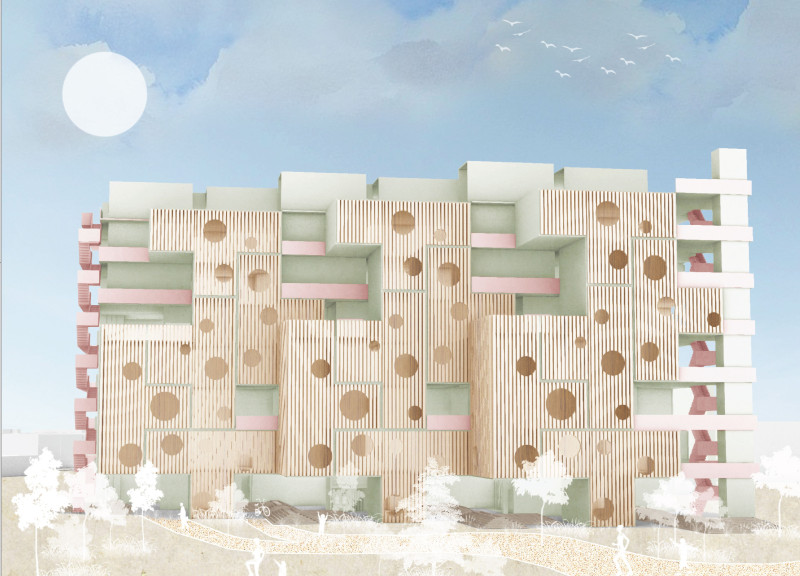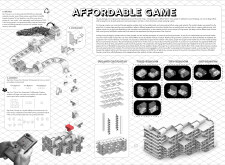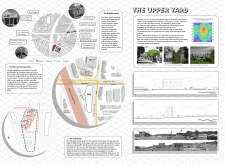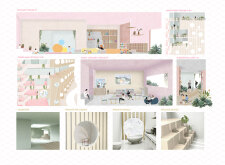5 key facts about this project
The design located in San Francisco addresses the urgent issue of housing shortages through a sustainable, modular approach. It focuses on repurposing building waste to create functional living spaces, aligning with the city's goal of achieving "zero waste." The project delivers various housing options for low to mid-income residents while promoting community involvement through its innovative design.
Modular Assembly Approach
The design utilizes a modular assembly system that offers one-bedroom, two-bedroom, and three-bedroom configurations. This flexibility allows residents to select living options tailored to their needs, promoting affordability. By allowing collaboration, residents in larger units can connect with those in smaller units to obtain below-market pricing, fostering a sense of community.
Integration of Public Spaces
Public and mixed-use areas play a vital role in the design, with a commercial section on the ground floor featuring cafes and shops. This integration strengthens the connection between living spaces and the local economy. It encourages residents from different income levels to engage with one another, helping to bridge social divides and create a more inclusive environment.
Access and Sustainability
The site is strategically located near public transportation options, including bus and subway stations, which encourages sustainable commuting. Additionally, it connects to a bicycle network, further supporting green transportation. The design also incorporates passive strategies to enhance energy efficiency and create comfortable living spaces. The open-plan layout on the ground floor promotes interaction among residents and visitors.
Material Strategy
Materials play an essential role in the overall design. Larch wood as the exterior wall, fiber cement board, and wool insulation are chosen carefully to ensure durability and performance. The inclusion of drainage cavities and air control systems further enhances the building’s efficiency. These material selections aim to balance aesthetic qualities with environmental responsibility.
The thoughtful design features outdoor spaces that invite interaction, creating areas for community gathering, learning, and socializing. This integration of public and private elements encourages residents to engage with their surroundings in a meaningful way.






















































